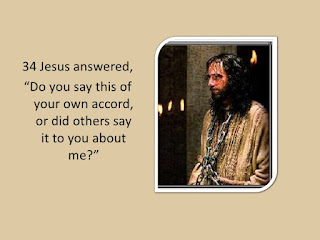Was the Number of the Beast 666 or 616?
Some media play has been given to the existence of an alternative manuscript tradition for Revelation which has the "number of the beast" being 616 rather than the infamous 666. Despite the breathless coverage of the issue by some, this is hardly news. Irenaeus, writing in the second century, devoted an entire chapter to the number of the beast and therein explained why he favored the number 666 rather than 616.
What is new is that MSM outlets like National Geographic and the Gaurdian have carried the story as if it is a new discovery. Yes, an early manuscript fragment uses the alternative 616 rather than 666. But as noted above and here, we already knew that both traditions existed in the second century so this does not really tell us much we did not already know. Some scholars think 616 was original, more think 666 was original, and some are agnostic about the issue.
Does it matter? Not really. Both 616 and 666 mean the same thing. As Ralph at the Sacred River explains, they are both numeric representations for variant spellings of "Nero Caesar." The meaning of the Book of Revelation is the same either way.
So while this is an interesting textual criticism question, it is not really a theological one.
Some media play has been given to the existence of an alternative manuscript tradition for Revelation which has the "number of the beast" being 616 rather than the infamous 666. Despite the breathless coverage of the issue by some, this is hardly news. Irenaeus, writing in the second century, devoted an entire chapter to the number of the beast and therein explained why he favored the number 666 rather than 616.
What is new is that MSM outlets like National Geographic and the Gaurdian have carried the story as if it is a new discovery. Yes, an early manuscript fragment uses the alternative 616 rather than 666. But as noted above and here, we already knew that both traditions existed in the second century so this does not really tell us much we did not already know. Some scholars think 616 was original, more think 666 was original, and some are agnostic about the issue.
Does it matter? Not really. Both 616 and 666 mean the same thing. As Ralph at the Sacred River explains, they are both numeric representations for variant spellings of "Nero Caesar." The meaning of the Book of Revelation is the same either way.
So while this is an interesting textual criticism question, it is not really a theological one.



Comments